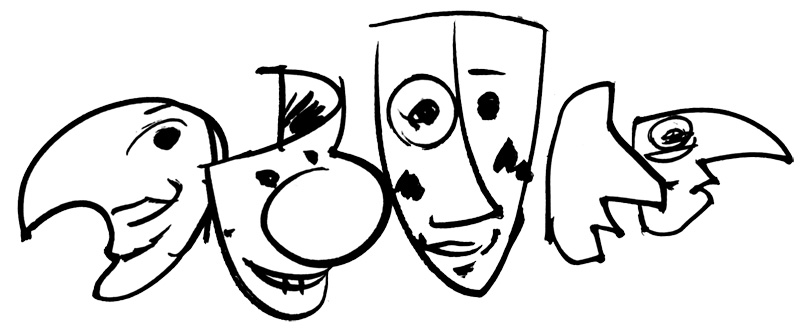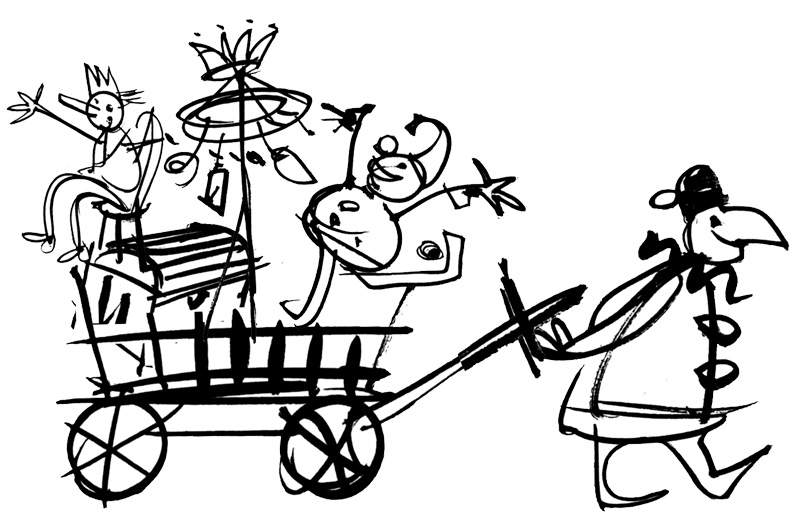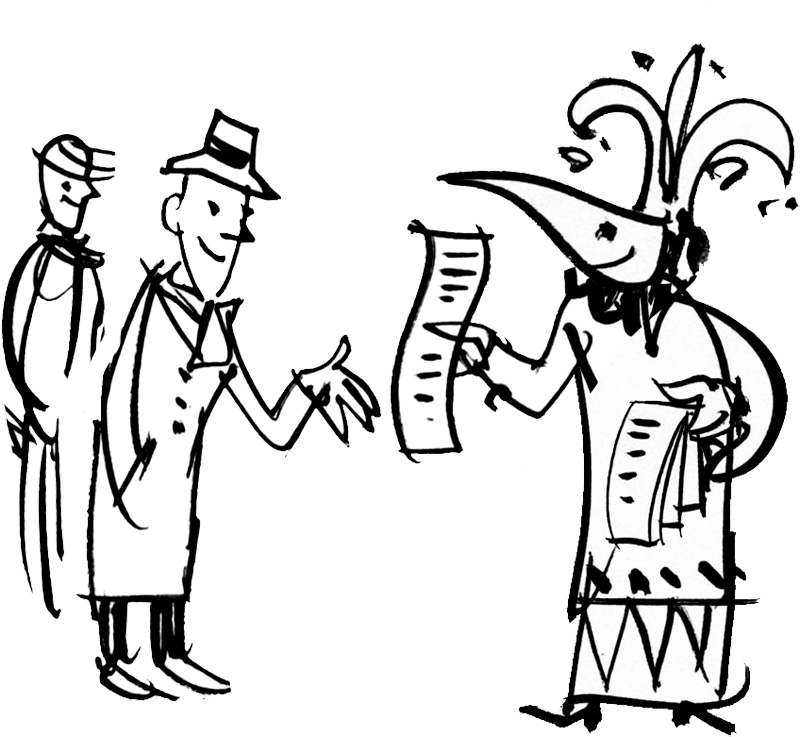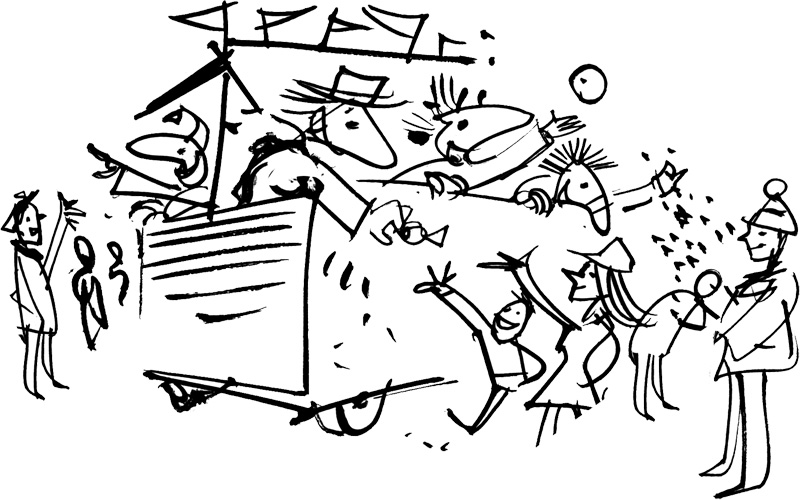Glossary
A
In Western Christianity Ash Wednesday marks the first day or the start of the season of Lent which begins 40 days prior to Easter (Sundays are not included in the count).
C
Is a carriage with costumed figures. Usually they are women who give out candy and flowers. The ‘Chaise’ can only be seen in the afternoon parade (‘Cortege’).
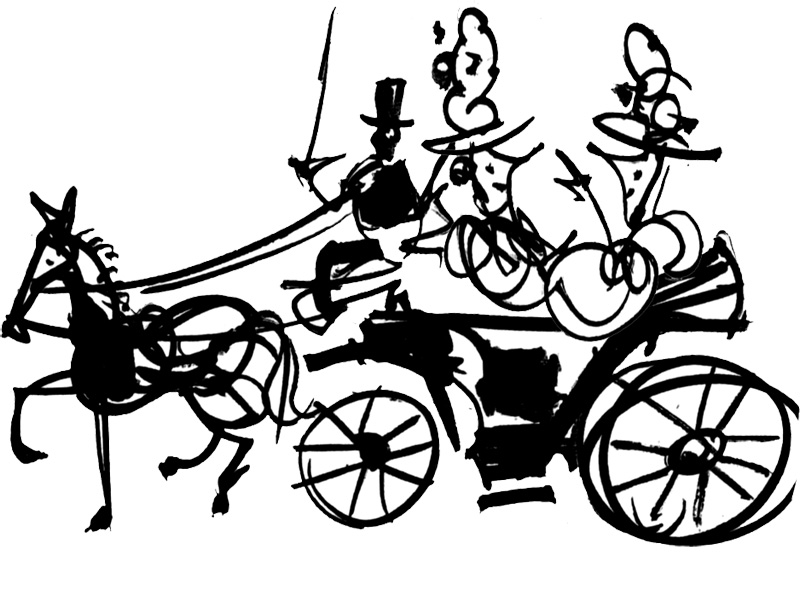
The members of a Clique or group wear individual costumes. These costumes range from the classical Basel costumes to fantasy figures and ‘Zugkostüme’.
This refers to the Fasnacht parade on Monday and Wednesday afternoon. Groups that want to take part in these parades have to register with the Fasnacht Committee.
Cliques refer to the bigger groups which include drummers and flutists, although clique can also refer to all groups who participate in Fasnacht.
Cliquenkeller are cellars people can come and hang out in during Fasnacht. During the year it is the venue in which the Cliques practice.
This describes all the components of a Clique during the afternoon parade (‘Cortege’). In this sense ‘Zug’ stands for rifling.
E
This refers to an individual in costumes who marches alone and is not part of a group.
F
The Fasnacht Committee is responsible for the smooth running of Fasnacht. It also provides financial support to the Cliques from the proceeds of the sale of Fasnacht badges.
G
Refers to the Brass and percussion carnival bands or groups that perform during Fasnacht. In earlier days they played a cacophony of loud sounds. Nowadays they play more harmonious and well known melodies. The Gugge Music groups give street concerts and also play in public houses.
L
Lanterns play a big role in Fasnacht. The lanterns themselves usually depict caricatures and are illuminated. They are carried by appointed lantern carriers on their shoulders or are pulled by a wagon. The paintings are usually painted by an artist or amateu. Each lantern illustrates a different aspect of the Cliques theme. The lanterns can be as big as two to three meters high and can be viewed on Fasnacht Tuesday at Münsterplatz.
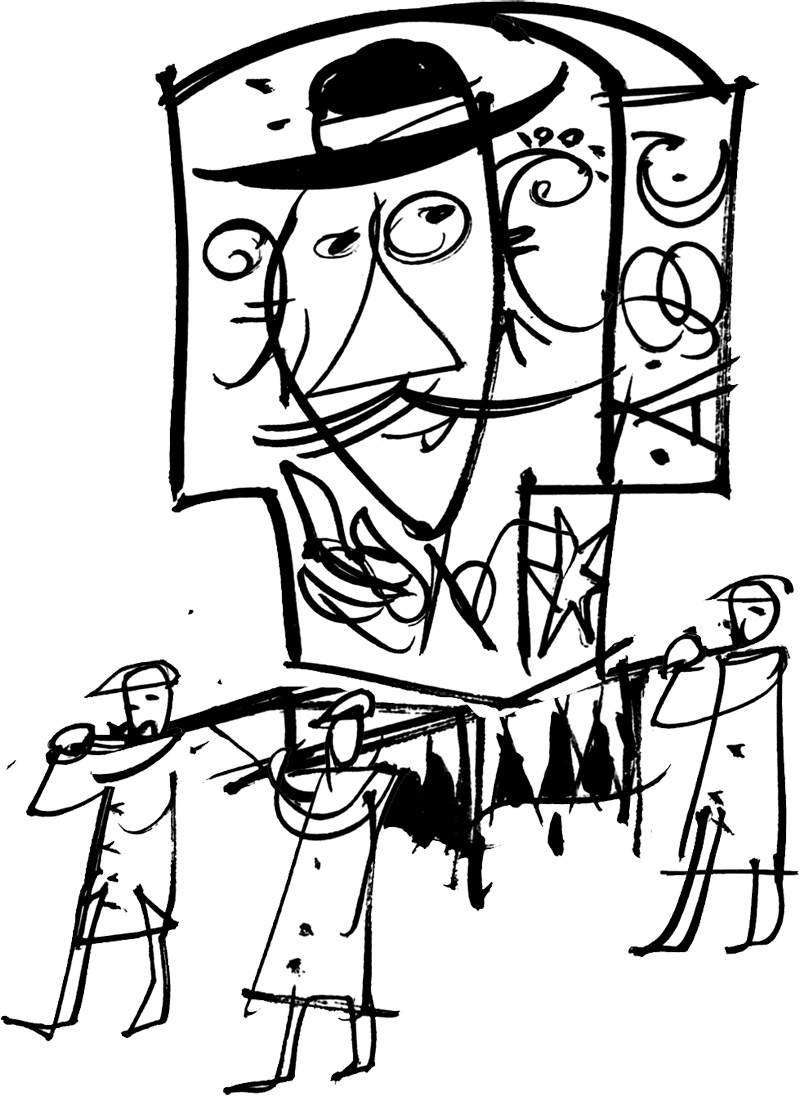
M
This is the official start of Fasnacht in Basel. It begins at 4 am in the morning on the Monday following Ash Wednesday.
R
Is the official Fasnacht program. It details and lists the events that take place during the festival. It is published each year by the Fasnacht Committee and it contains a list of all the registered participants who take part in the afternoon parade (‘Cortege’) and their themes. It can be found at the bookshop Bider & Tanner and at all hotspots of the Fasnacht Commitee at Barfüsserplatz, Claraplatz or Marktplatz
In Basel they say Räppli instead of confetti.
S
Refers to groups who take to restaurants and ‘Cliquenkeller’. These groups, also known as ‘Bangg’, perform short songs which usually are satirical in content. The lyrics focus on last year’s events and are sung by costumed singers and accompanied by cartoon drawings. The lyrics also tend to contain witty wordplay and often make connections to other themes. Those who are lucky enough to find a spot in the crammed restaurants may experience a performance of ‘Schnitzelbank’. These restaurants usually bear a plaque which acts as a marker for locals and outsiders letting them know that they are establishments in which Schnitzelbänke perform.
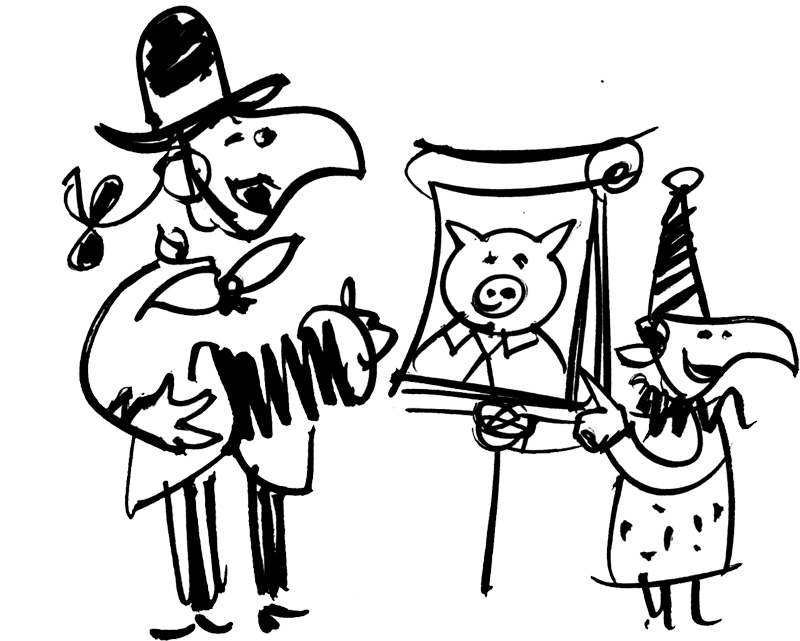
Schyssdräggziigli
This refers to a small group who plays the flutes and/or drums. These groups usually are thrown together at the last minute and do not participate in the afternoon parade (‘Cortege’).
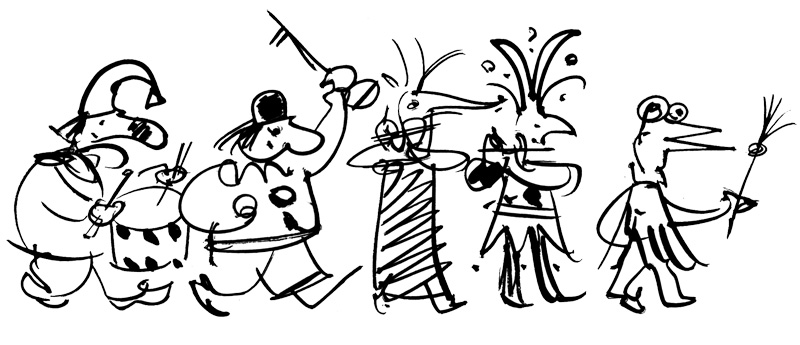
The Subject of Fasnacht refers to the themes presented during the afternoon parade (‘Cortege’). The themes tend to be based on local, national and international events or politics. The ways in which themes are presented tend to be based on satirical criticism. The costumes and Lantern serve to add to and illuminate the points the various Clique are trying to make about their theme.
V
W
Z
These are leaflets which are usually in a long, narrow format. They contain satirical verses and are written in ‘Basel dialect’.

